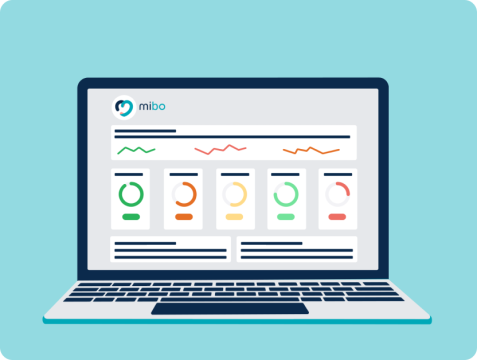Key Questions Regarding the Usefulness of Quantitative Psychosocial Risk Assessment Tools…

Featured

5 Reasons it's Good Practice to Assess Protective Psychosocial Factors

6 Suggestion for Proactively Managing Harmful Workplace Behaviour

Building a Strong Business Case for Investing in Psychosocial Risk Management
Has your organisation used a quantitative tool as part of your psychosocial risk management approach? Or are you considering including one?
Quantitative assessments offer several potential benefits, including:
👉 Consulting more staff
👉 Gaining a more granular understanding (e.g., at the team level).
👉 Achieving more targeted and efficient follow-up qualitative assessment
👉 Improving exec level communications
👉 Simplifying compliance reporting
But some of these benefits aren’t guaranteed…
Limited usefulness of quantitative tools can result from not addressing the complexities of managing psychosocial risks (as opposed to physical risk).
If your organisation is considering tools to effectively guide next steps, asking the following questions regarding the nuances of psychosocial work factors is likely worthwhile:
1. Does it assess risk or simply identify hazards? (Hazards alone don’t equate to risk)
2. Does it require a baseline assessment of all factors? (Cumulative risk is a foundational metric for psychosocial risk management which requires initial assessment of all factors)
3. Does it assess psychosocial benefits where relevant? (Strength of protective factors provides insight into the interrelated nature of the psychosocial environment)
4. Does it allow calculation of the financial impact of the psychosocial environment? (This is helpful for executive buy-in and evaluating control measure effectiveness)
5. How does it address respect at work e.g., sexual harassment? (With increasing regulatory focus, this is a key area to assess effectively)
At Mibo, these questions have been front of mind to ensure our PRMA risk assessment best supports your risk management journey 🙂





